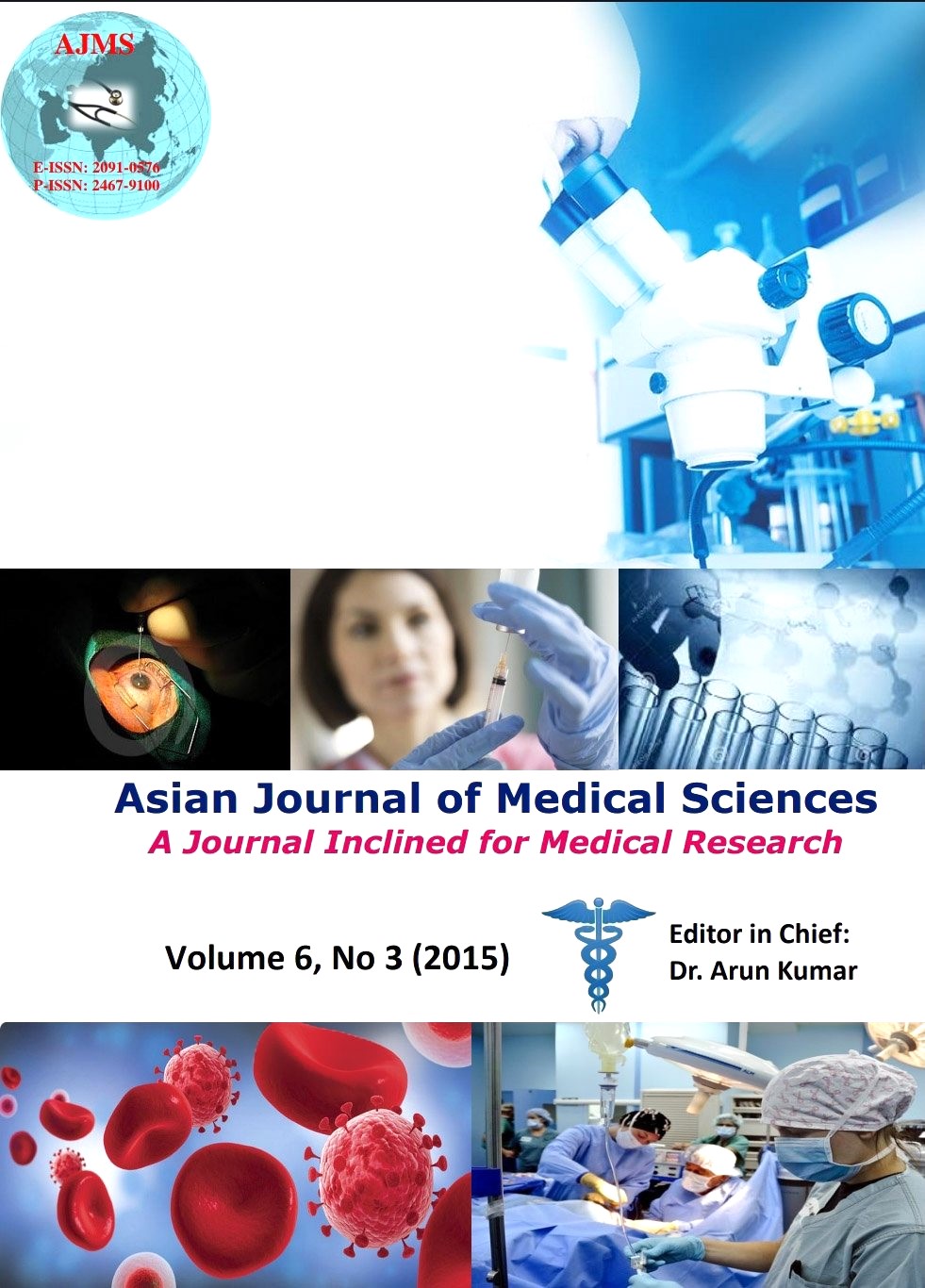In vivo antiplasmodial activities of Nauclea latifolia
Keywords:
Antiplasmodial, extract, parasitaemia, Plasmodium berghei bergheiAbstract
Background: The plant Nauclea latifolia is widely used in the southern parts of Nigeria for the treatment of malaria. Malaria is the number one killer disease in Nigeria. WHO reports that malaria continues to cause approximately 207 million cases of infection around the world and kills yearly about 627,000 people. It still kills a child somewhere in the world every minute. The study was aimed at evaluating the in vivo antiplasmodial activities of the extract and fractions (n-hexane, chloroform, ethyl acetate, butanol, aqueous) of the stembark in Plasmodium berghei berghei infected mice.
Methods: Through oral administration of the extract (100, 200 and 300mg/kg) and fractions (200mg/kg), antiplasmodial activities were screened using 4-day suppressive, 7-day curative and repository tests. Significance was determined using ANOVA followed by Tukey-Kramer multiple comparison post- test using Graphpad Instat 3.10. A probability level of less than 5% was considered significant.
Results: The extract exhibited significant dose-dependent antiplasmodial activity in the suppressive and repository tests. A significant (p<0.05-0.001) dose-dependent reduction in parasitaemia in extract-treated groups in curative test was also observed. The aqueous fraction had the highest percentage chemosuppressive effect (67.71%).The extract also dose-dependently increased the survival days of the infected mice. The preliminary phytochemical investigation showed the presence of alkaloids, saponins, tannins, flavonoids and cardiac glycosides.
Conclusion: This result confirmed the ethnobotanical use of the plant as malarial remedy and calls for further investigation of its phytochemical components and its antimalarial potentials.
DOI: http://dx.doi.org/10.3126/ajms.v6i3.11361
Asian Journal of Medical Sciences Vol.6(3) 2015 6-11
Downloads
Downloads
Published
How to Cite
Issue
Section
License
Authors who publish with this journal agree to the following terms:
- The journal holds copyright and publishes the work under a Creative Commons CC-BY-NC license that permits use, distribution and reprduction in any medium, provided the original work is properly cited and is not used for commercial purposes. The journal should be recognised as the original publisher of this work.
- Authors are able to enter into separate, additional contractual arrangements for the non-exclusive distribution of the journal's published version of the work (e.g., post it to an institutional repository or publish it in a book), with an acknowledgement of its initial publication in this journal.
- Authors are permitted and encouraged to post their work online (e.g., in institutional repositories or on their website) prior to and during the submission process, as it can lead to productive exchanges, as well as earlier and greater citation of published work (See The Effect of Open Access).




